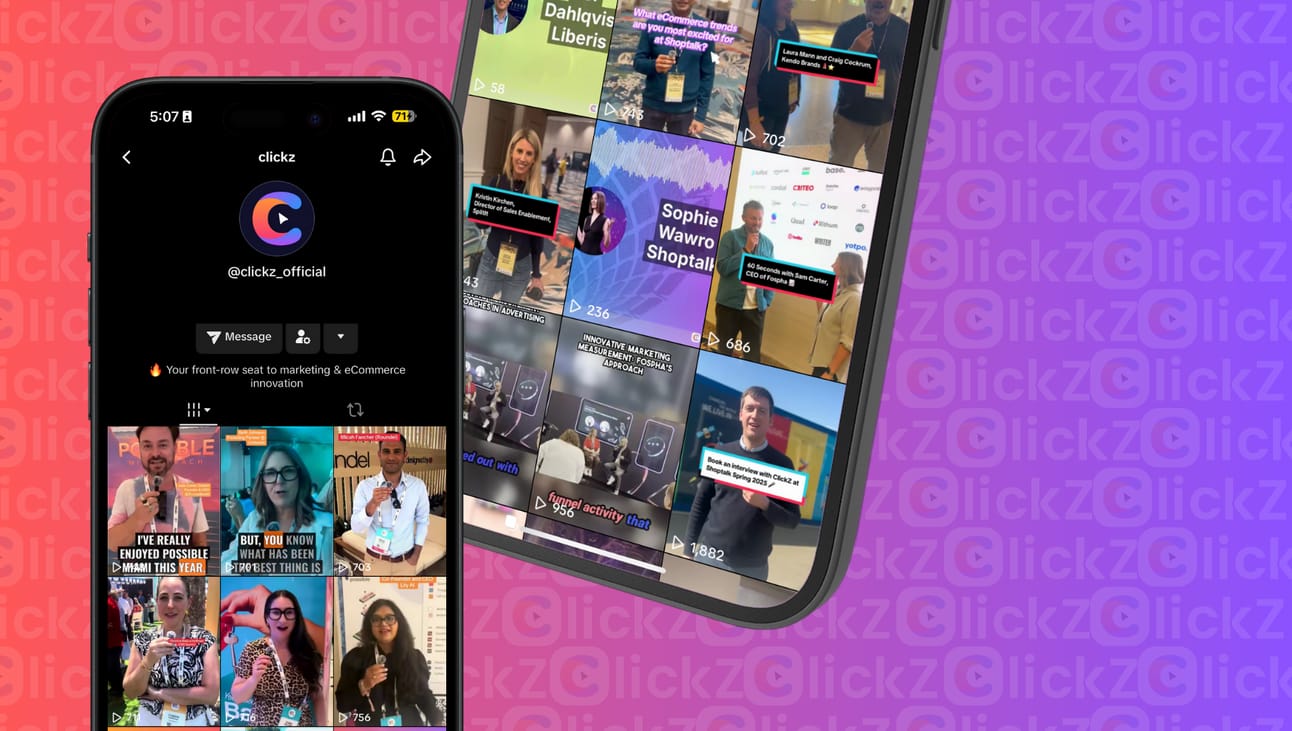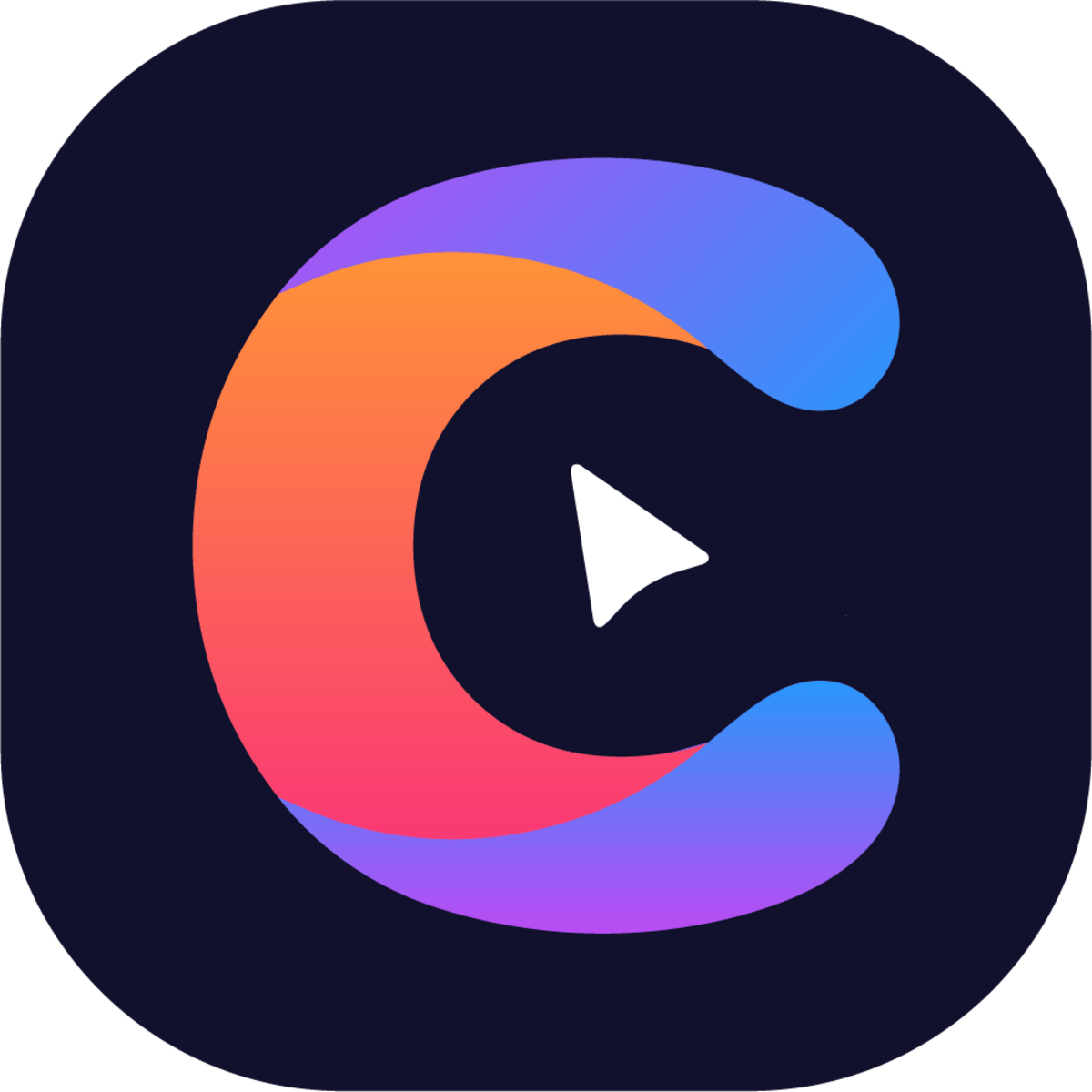Duolingo’s brand is instantly recognizable: a green owl, a cheeky tone of voice, and a marketing presence that somehow blends chaos, fandom, and relevance. But as Rebeca Ricoy, Marketing Director for LATAM + EMEA, explained live on stage at MAD//Fest 2025, what makes Duolingo’s partnerships truly powerful isn’t just the personality. It’s the strategy behind the madness.
In her talk titled “Collab-o-rama: Duolingo’s Unexpected Partnerships for Global Success,” Ricoy walked attendees through the company’s bold, locally-led partnership strategy, designed to drive international growth while staying true to the brand’s distinct tone.
What emerged was a clear message: if your brand wants cultural relevance, you’ll need to let go of control, embrace creative risk, and have a lot more fun.
Why Partnerships? Why Now?
Duolingo is the most downloaded language-learning app in the world. But with global scale comes a problem many brands face: how do you stay locally relevant when your brand operates everywhere?
Partnerships, according to Ricoy, are the shortcut. “It’s a great way to expand in a way that feels native in a way people love to engage with us.”
Whether it’s fandoms, internet subcultures, or regional events, partnerships allow Duolingo to enter markets not with a megaphone, but with a wink. And unlike many global brands, they don’t lead with budget, they lead with cultural insight.
Duolingo’s Partnership Philosophy: Three Pillars
Duolingo’s collaborations are anything but conventional. So how do they decide what works?
Ricoy outlined three core filters that shape every partnership decision:
1. Cultural Relevance
“If it’s not relevant, it won’t go viral,” she stated bluntly. The best-performing campaigns are ones where people feel seen or at least seen enough to say, “OMG, this is so you.”
The internal test?
Would you share this content with a friend? If not, it’s not good enough.
2. Community Access
Want to reach K-pop fans? Gamers? Anime die-hards? Duolingo doesn’t just place ads in those spaces, they collaborate with creators, platforms, and cultural artifacts from within.
Partnerships become a backdoor into communities that don’t want to be “marketed to”, they want to be entertained.
3. Creative Chaos
This is where Duolingo sets itself apart. “The weirder, the better,” Ricoy smiled.
Chaos is a core brand asset. While not every brand can, or should, go full gremlin-mode, for Duolingo, creative unpredictability is a strategy.
Case Study 1: Duolingo × HBO Max – Teaching High Valyrian
When HBO Max was preparing to launch House of the Dragon, they faced a challenge: how to promote a fantasy language no one speaks.
Enter Duolingo.
They collaborated on a real course for a fictional language, taught inside the app with lessons developed by the actual language inventor, David Peterson. The campaign included:
A Valyrian-styled Times Square takeover
Surprise activations at Comic-Con
A leaderboard competition with a Valyrian steel sword as the prize
Over 13.5M video views and 300K+ learners joining the course
And the kicker?
43% of those users went on to study a real language like Spanish or French.
This was fandom marketing at its sharpest: no generic CTA, no discount codes, just pure immersion.
Case Study 2: “La Botarga de la Muerte” – A Lucha Libre Mascot Battle
If the first campaign was clever, this one was completely unhinged in the best way.
Originating in Mexico, La Botarga de la Muerte (literally, “The Mascot Battle”) was inspired by viral social chatter pitting Duolingo’s owl, Duo, against other iconic Latin American brand mascots. The team leaned into the chaos, creating a live wrestling event styled like Mexican Lucha Libre.
Key details:
Brands had to agree to zero content approval and accept potential mascot defeat
The livestream generated over 100 earned media mentions
No one was told to download the app
The entire campaign was built on social listening: “The brief is in the comments section,” Ricoy said
This wasn’t about reach. It was about recognition. By turning brand mascots into theatrical rivals, Duolingo earned a cultural moment, not just another ad.
Case Study 3: McDonald’s Brazil – The MacFish Problem
Not every campaign has to be loud.
In Brazil, McDonald’s wanted to launch a new meal inspired by fish and chips called “MacFish.” But there was a problem: most people didn’t know what fish and chips were… or how to pronounce them.
Instead of producing another explainer ad, they turned to Duolingo. “We didn’t pay a cent,” Ricoy revealed. McDonald’s used Duo in TV ads to teach pronunciation, embedding the brand directly into product storytelling.
It was fun, unexpected, and distinctly Duolingo. More importantly, it solved a real commercial challenge while reinforcing Duolingo’s core brand purpose, language learning.
Lessons in Going Global
Ricoy closed the session with three clear lessons for brands thinking about partnerships and global expansion:
1. Be Obsessively Local
“Don’t just translate a campaign, transform it.”
Start with what the audience already cares about. Culture doesn’t travel well unless you let go of the global template and build something from scratch. Even if you're a global brand, your marketing shouldn't feel like it.
2. Culture Over Clicks
“Most brands want to tap into culture but they also want full control. And that’s why it fails.”
Culture is messy, emotional, and unpredictable. If your CMO insists on total safety, you're not actually showing up in culture you’re just borrowing its aesthetic.
The Duolingo test: if you’re not willing to let go of control, you’re not ready for the kind of engagement that turns users into fans.
3. Have Fun or Go Home
Fun isn’t fluff. It’s a creative signal. “You can tell when a campaign was made with joy,” Ricoy said. “If your team didn’t have fun making it, it’s not going to land.”
This energy, she believes, transfers directly to the audience. And when it does, the results speak for themselves.
What You Can Steal from Duolingo’s Playbook
Go hyper-local, even if you’re global
Create cultural moments, not ads
Partner with brands your audience already loves
The takeaway isn’t that every brand should become a meme machine. It’s that the best partnerships are rooted in mutual understanding, shared tone, and cultural timing. When you get that right, you don’t need to push product.
You just need to show up and let the audience pull you in.
💡 Don’t Forget…
Add us to contacts
→ [email protected] (so we don’t land in spam during the show)
Follow us live

That’s your 24-hour head start.
Keep this guide handy, make your picks, and book your meetings early — the most valuable conversations won’t wait. See you in Shoreditch.
— The Unofficially MAD//Fest Team

Unofficially MAD//Fest is a ClickZ Media publication in the Events division

